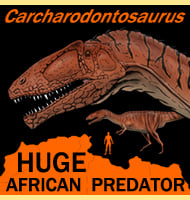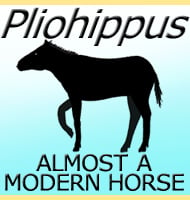Hapalops
In Depth At one meter long Hapalops is not even close to the later giant ground sloths such as Glossotherium and Megatherium, but then groups of large mammals usually have their origins in smaller ancestors. Although not as awe inspiring in terms of size, Hapalops probably could do something that was impossible for its later … Read more

